from 0 review
12 Days / 11 Nights
English, Urdu
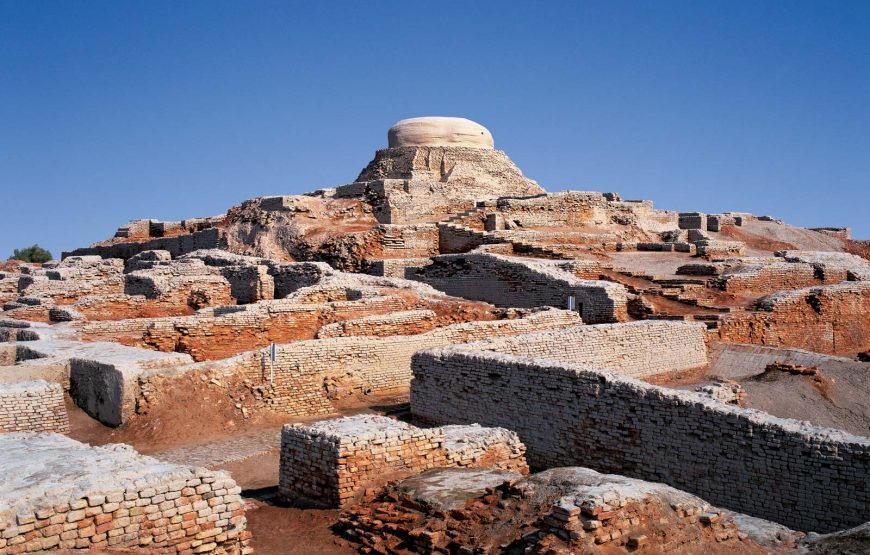
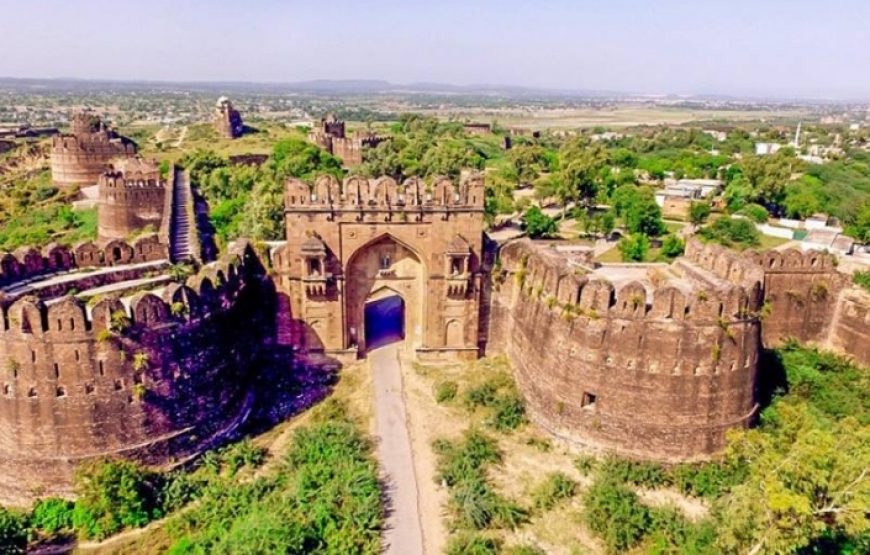
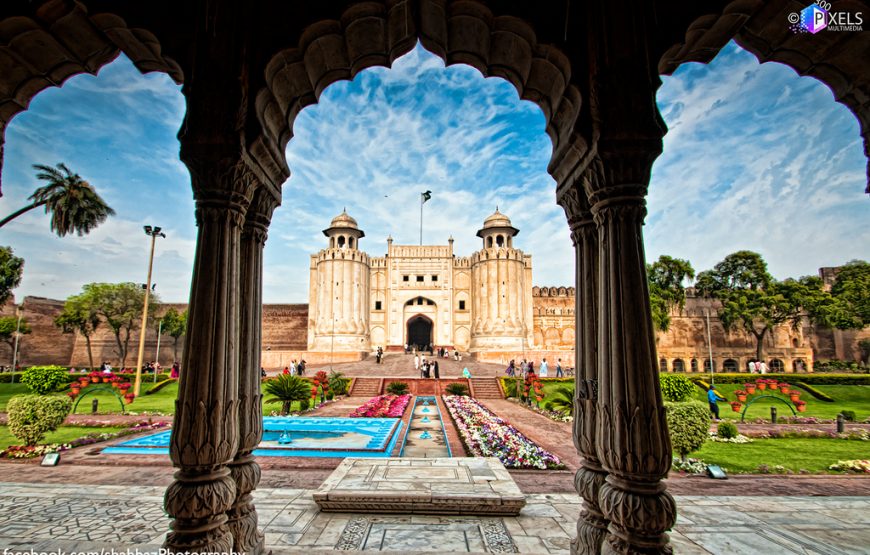
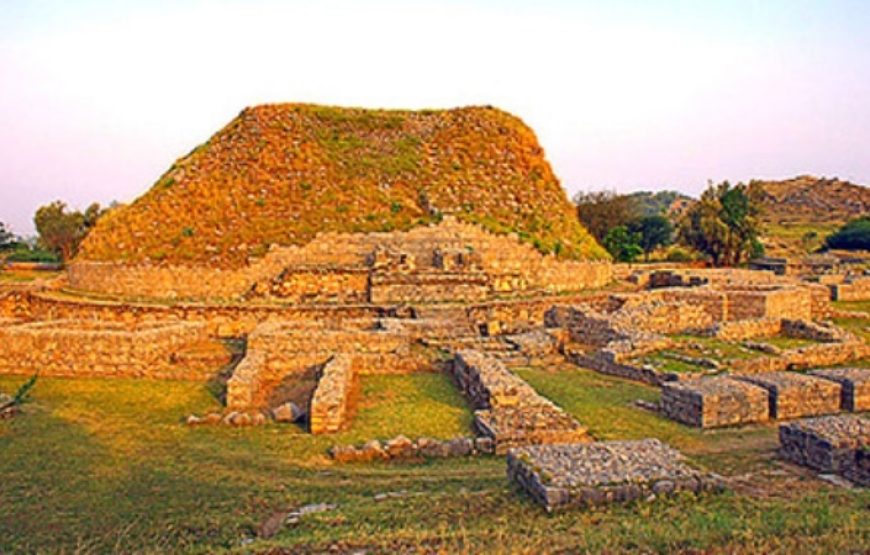
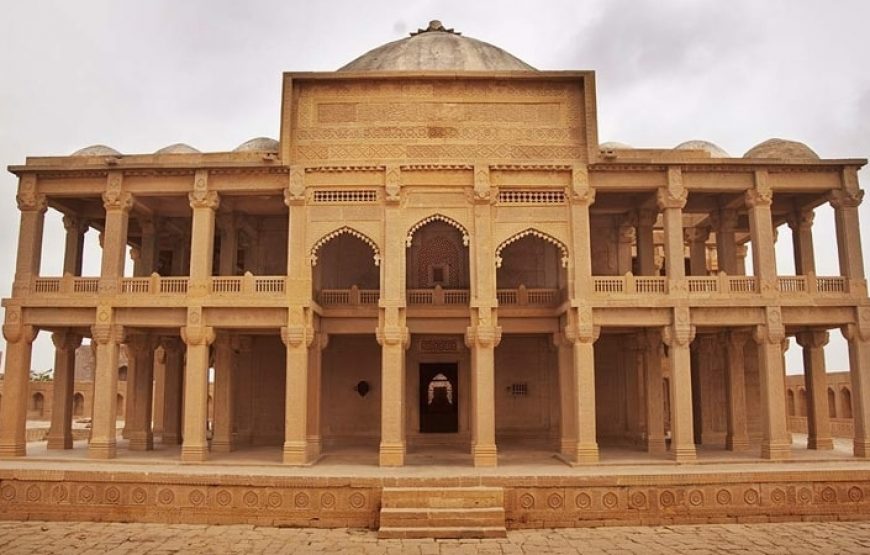
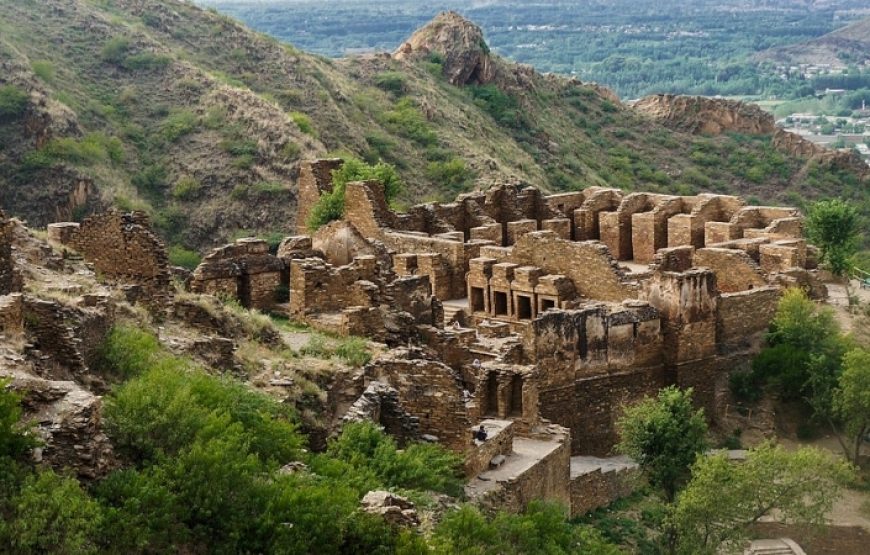
Pakistan, a land of remarkable contrasts, offers an unparalleled tapestry of natural and cultural wonders. From the golden beaches of the Arabian Sea to the towering peaks of the Himalayas and ancient glaciers, the country’s natural beauty is matched only by its historical and architectural legacy. Among its most treasured offerings are six UNESCO World Heritage Sites of Pakistan that stand as enduring symbols of Pakistan’s rich and diverse heritage.
Spread across the provinces of Sindh, Punjab, and Khyber Pakhtunkhwa (KPK), these six sites capture the essence of centuries-old civilizations that once flourished in the region. Each monument is a portal into the past, showcasing intricate craftsmanship, architectural brilliance, and cultural narratives deeply rooted in history. Whether it’s the awe-inspiring ruins of Mohenjo-Daro in Sindh, one of the earliest urban settlements in human history, or the majestic Buddhist ruins of Takht-i-Bahi in KPK, these landmarks reflect the spiritual and artistic expressions of ancient societies.
In Punjab, the grand Lahore Fort and Shalimar Gardens epitomize Mughal grandeur, with lush landscapes and monumental structures designed with poetic symmetry and detailed embellishments. The Rohtas Fort, a formidable 16th-century military structure, tells the tale of strategic ingenuity and imperial strength. Similarly, the Makli Necropolis in Sindh, one of the largest funerary sites in the world, offers a unique blend of Islamic architecture and mystic artistry.
Exploring these sites is more than just sightseeing—it’s an immersive journey into the soul of Pakistan’s architectural and archaeological splendor. These heritage locations not only stand as masterpieces of their time but also invite travelers to discover the diverse cultures, vibrant traditions, and historical depth that define the surrounding regions.
Each visit reveals layers of history and craftsmanship, making the tour of theUNESCO World Heritage Sites of Pakistan is a compelling cultural and educational experience. For global tourists and heritage enthusiasts alike, these sites offer a rare opportunity to walk through the chapters of ancient civilizations and witness the enduring spirit of Pakistani heritage. They are not only a significant draw for tourism but also a powerful reminder of the shared legacy of human achievement preserved across millennia.
Upon arrival in Pakistan’s serene capital, Islamabad, you'll be welcomed and transferred to your hotel. Known for its clean layout, tree-lined streets, and proximity to the Margalla Hills, Islamabad is one of the greenest and most modern cities in South Asia. Rest and prepare for the journey ahead.
Experience a day trip to Taxila, a UNESCO World Heritage Site and once a thriving center of learning and Buddhist culture dating back to the 6th century BCE. Visit the Taxila Museum, home to an extraordinary collection of Gandhara art, followed by exploration of the Dharmarajika Stupa, Julian Monastery, and other ancient ruins that reveal the city’s Hellenistic and Buddhist past.
A drive through scenic northern plains leads to Takht-e-Bahi, a remarkably well-preserved Buddhist monastery from the 1st century CE, also a UNESCO World Heritage Site. Located atop a hill, it offers panoramic views and a glimpse into monastic life in ancient Gandhara. Return to Islamabad in the evening.
Travel south towards Lahore with a stop at Rohtas Fort, a formidable 16th-century fortress built by Afghan king Sher Shah Suri. This UNESCO World Heritage Site showcases Islamic military architecture with 12 massive gates and over 4 km of defensive walls. Continue to Lahore for overnight stay.
Explore the vibrant cultural heart of Pakistan. Visit the majestic Lahore Fort and the stunning Badshahi Mosque, both Mughal masterpieces. Explore the serene Shalimar Gardens, a reflection of Persian garden design. Pay respects at Jahangir’s Tomb, and end your day at the Wagah Border with the dramatic flag-lowering ceremony — a powerful display of patriotism.
Drive to Multan, the "City of Saints", renowned for its ancient mysticism, Sufi shrines, and blue pottery. Visit the richly decorated Shrines of Shah Rukn-e-Alam and Bahauddin Zakariya, and admire the old bazaars filled with handicrafts, sweets, and history.
Journey to Bahawalpur, once a princely state under the Nawabs. Discover its architectural gems, including the Noor Mahal, a palatial European-style mansion, and Darbar Mahal. Explore the city’s old havelis, bustling bazaars, and rich desert culture.
Travel further south to Sukkur, located on the banks of the Indus River. Visit landmarks such as the Lansdowne Bridge, Sadh Belo Island Temple, and the historic Sukkur Barrage, a pioneering irrigation engineering marvel of British India.
Depart Sukkur and head to Mohenjo Daro, one of the world’s earliest urban settlements (circa 2600 BCE) and a UNESCO World Heritage Site. Walk through well-planned streets, granaries, and the iconic Great Bath. Later, drive to Hyderabad, another historic city rooted in Sindhi culture.
On the way to Karachi, stop at the Makli Necropolis, one of the largest funerary sites in the world, featuring intricately carved tombs of Sufi saints, kings, and scholars. Also visit Chaukandi Tombs, famous for their sandstone carvings. Continue to Karachi, Pakistan’s bustling economic capital.
Explore key sights of Karachi, including the white-marble Mazar-e-Quaid (Jinnah Mausoleum), honoring Pakistan’s founder, the National Museum, and Frere Hall, a British colonial landmark. Take a walk along Clifton Beach, and explore the vibrant Saddar bazaar or modern malls.
Transfer to the airport for your flight back home, carrying unforgettable memories of Pakistan’s ancient civilizations, spiritual heritage, and vibrant culture.
Thoughtful thoughts to your inbox